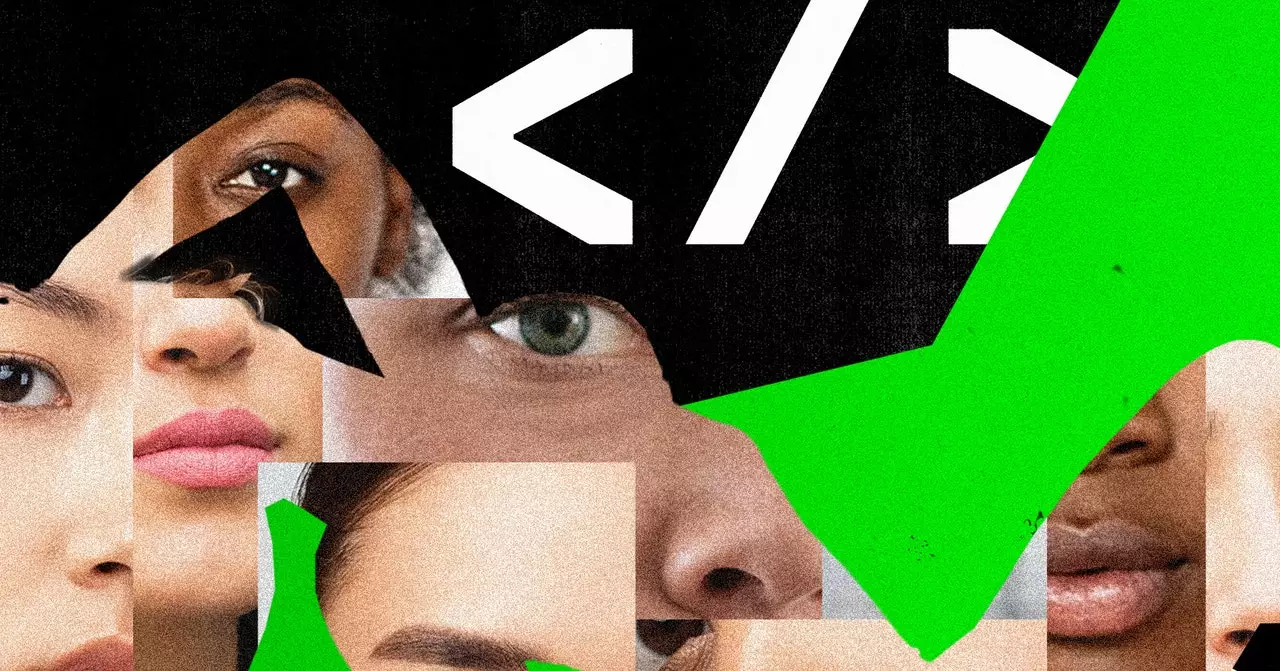In today’s digital age, the utilization of artificial intelligence (AI) has become increasingly prevalent in various fields. From assisting in medical diagnoses to enhancing customer service experiences, AI continues to revolutionize the way we approach problems. One particular area where AI has made significant strides is in image generation. The ability of AI algorithms to create realistic and detailed images has captured the attention of individuals like Reuven Cohen, a Toronto-based consultant with a passion for art and design.
The Dark Side of AI Technology
While the advancements in AI-generated images are impressive, there is a darker side to this technology that often goes unnoticed. Cohen, along with other experts, acknowledges the potential for misuse and exploitation when it comes to open source image-generation models. These models, while fostering creativity and innovation, also enable individuals to create explicit and harmful content, particularly nonconsensual pornography.
One of the key concerns surrounding open source image generation is the lack of control and oversight. These models can easily be manipulated by individuals with malicious intent, leading to the creation of harmful content. Despite efforts from some community members to prevent exploitative uses, the nature of open source platforms makes it challenging to regulate and monitor the content being generated.
Henry Ajder, a researcher specializing in the harmful use of generative AI, highlights the prevalence of deepfake porn and nonconsensual imagery created through open source image-generation software. The ease of access to these tools, coupled with the anonymity of the internet, creates a breeding ground for malicious actors to thrive. While some companies have implemented safeguards to prevent explicit image creation, the open sourcing of certain technologies makes it difficult to enforce these restrictions effectively.
As the issue of nonconsensual content continues to persist, there is a growing recognition of the need for community-driven solutions. Platforms like Civitai, which facilitate the sharing and downloading of AI models, play a crucial role in promoting responsible usage. However, as seen with the case of a Taylor Swift plug-in, the onus ultimately falls on individuals to act ethically and refrain from using these tools for nefarious purposes.
Combatting the Proliferation of Malicious Content
Despite the challenges posed by open source image-generation technology, there are efforts being made to combat the spread of harmful content. Communities dedicated to AI image-making have emerged, with members actively working to counteract the proliferation of pornographic and malicious images. By collectively advocating for responsible usage and ethical guidelines, these communities strive to uphold the integrity of AI technology.
While AI-generated images hold immense potential for innovation and creativity, it is essential to address the darker implications associated with this technology. By promoting greater accountability, fostering community engagement, and implementing stringent safeguards, we can navigate the complex landscape of AI-generated content and mitigate the risks of exploitation and harm.


Leave a Reply